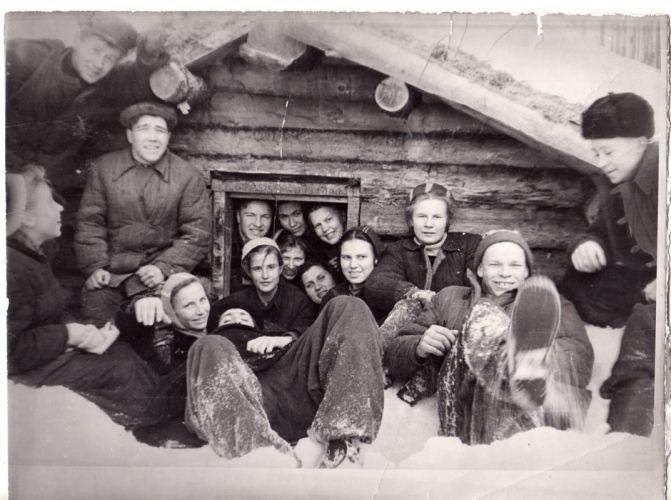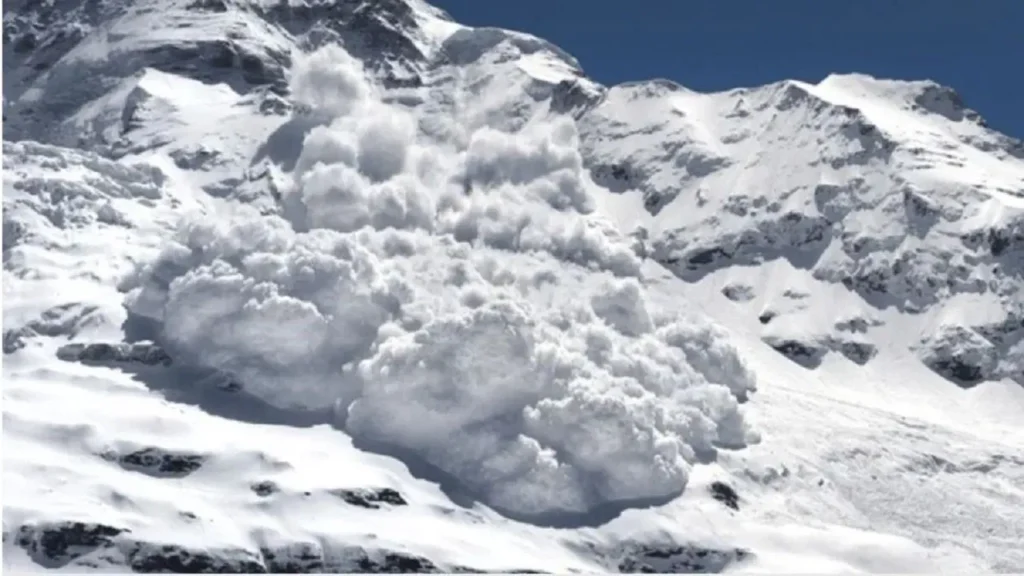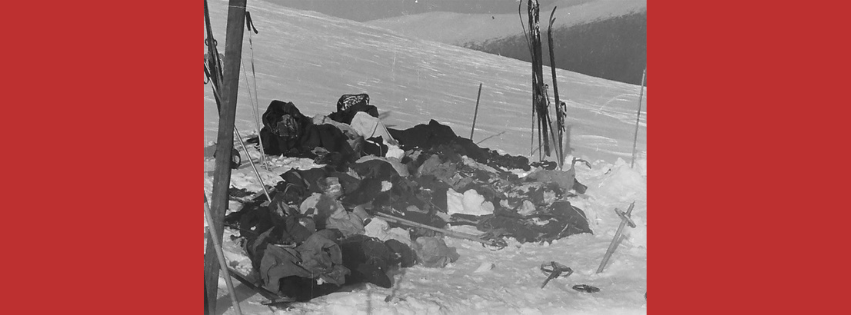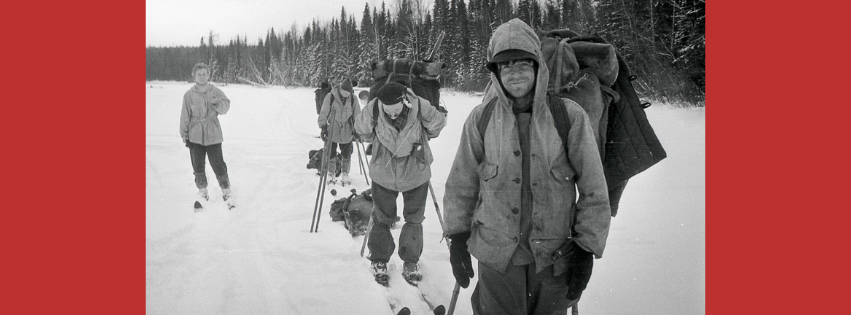
Introduction
The Dyatlov Pass Incident remains one of the most perplexing and mysterious events in modern history. On the night of February 1-2, 1959, a group of nine experienced hikers led by Igor Dyatlov met their untimely and unexplained demise in the Ural Mountains of Soviet Russia. Their bodies were discovered weeks later, exhibiting bizarre injuries that sparked countless theories, from natural disasters to secret military experiments and even extraterrestrial involvement.
This blog delves deep into the details of the Dyatlov Pass Incident, exploring the strange findings, possible explanations, and 50 unique frequently asked questions that remain unanswered by conventional sources.
The Events Leading to the Tragedy
A group of ten hikers, primarily students and graduates from the Ural Polytechnic Institute, set out on a trek to the Otorten Mountain in the Ural region. One member, Yuri Yudin, fell ill and turned back, unknowingly saving his life. The remaining nine, led by Dyatlov, continued their expedition. Their journey was meant to be a test of endurance and skill, but it ended in an unspeakable tragedy.
When the group failed to return as scheduled, search and rescue teams were deployed. What they found was chilling:
- Their tent was discovered abandoned and slashed open from the inside.
- Footprints led away from the campsite towards a dense forest, where bodies were found in various states.
- Two hikers were found near a burned-out fire, barefoot and wearing minimal clothing despite freezing temperatures.
- Three more bodies, including Dyatlov’s, were found at different distances from the tent, seemingly attempting to return.
- The last four were discovered in a ravine, exhibiting severe injuries: crushed skulls, broken ribs, and missing eyes and tongues.
Autopsies ruled out a known attacker, as there were no external wounds to match the internal trauma. The deaths were labeled as due to “a compelling natural force,” leaving room for speculation and conspiracy theories.
Theories Behind the Dyatlov Pass Incident
1. Avalanche Theory
Some researchers believe that an avalanche might have forced the hikers to cut open their tent and flee. However, counterarguments suggest that the slope’s angle and snow conditions were not conducive to an avalanche.
2. Katabatic Wind Hypothesis
A rare meteorological phenomenon called katabatic wind could have generated extreme winds that made survival impossible. The hikers may have abandoned the tent in a panic, succumbing to hypothermia.
3. Military Involvement and Secret Weapons Testing
Many believe that the Soviet military was testing secret weapons in the area, potentially causing the hikers’ demise. Traces of radiation found on some clothing and eyewitness accounts of glowing orbs in the sky support this theory.
4. Paranormal or Extraterrestrial Involvement
Some suggest that UFOs or otherworldly beings played a role in the incident. Reports of strange lights in the sky and the hikers’ unusual injuries have fueled speculation about an alien encounter.
5. Infra-sound Disorientation
Certain wind conditions can generate infra-sound, which is inaudible but can cause extreme anxiety and panic. This may have led the hikers to irrationally flee their tent and later perish due to exposure.
6. Yeti or Large Animal Attack
The idea that a yeti or unknown predator attacked the group is far-fetched but remains a popular theory in some circles.
7. Radioactive Exposure
The discovery of radiation on some of the hikers’ clothing has led to speculation that they came into contact with radioactive materials, possibly from a military test site.
8. Internal Conflict or Psychological Breakdown
Although no signs of a struggle were found, some believe a psychological breakdown, possibly induced by stress or external conditions, could have led to erratic behavior and death.
50 Unique Frequently Asked Questions (FAQs) with Answers
General Questions
- Why was the tent cut open from the inside?
- It suggests the hikers were in immediate danger, forcing them to escape quickly.
- What was the hikers’ experience level?
- They were highly experienced, making their erratic behavior even more mysterious.
- Why was there no sign of struggle?
- The injuries were severe but lacked external wounds, making natural forces more likely.
- Why didn’t the group return to their tent after leaving?
- Hypothermia-induced confusion or an unseen threat might have prevented their return.
- Were there other expeditions nearby?
- No confirmed groups were in the vicinity at the time.
Conspiracy and Paranormal Theories
- Could they have been attacked by a secret military force?
- Some speculate a Soviet military test caused their deaths, though no evidence confirms this.
- Was there any UFO sighting near Dyatlov Pass in 1959?
- Local reports suggest strange lights, but no concrete proof links them to the hikers’ deaths.
- Did Soviet authorities cover up the case?
- The rapid closure of the case and missing records fuel cover-up theories.
- Could a cryptid or Yeti be responsible?
- While unlikely, some believe a large predator may have attacked them.
- Did any of the hikers show signs of radiation poisoning?
- Some clothing had radioactive traces, but the origin remains unknown.
- Were there unusual weather patterns during the expedition?
- Meteorological reports indicate harsh conditions, but no extreme anomalies were officially recorded.
- What role did the Mansi people play in the investigation?
- Initially suspected, the Mansi were cleared due to lack of evidence.
- Was there any surviving evidence of an explosion or impact?
- No direct evidence of an explosion was found, though some speculate shockwaves from military testing.
- Could a sonic boom from a secret aircraft have caused disorientation?
- Some theorize an experimental aircraft or weapon caused fatal shockwaves.
- Was the area ever revisited by investigators after the initial reports?
- Subsequent investigations occurred but failed to provide conclusive answers.
- Could seismic activity have triggered panic among the hikers?
- There were no recorded earthquakes in the area, but minor tremors could have been a factor.
- Why was there no evidence of an avalanche at the campsite?
- The terrain and snow conditions did not support a typical avalanche scenario.
- Were any of the hikers found with signs of frostbite?
- Yes, some had symptoms of frostbite, but hypothermia was the primary cause of death for many.
- Did any of the hikers attempt to return to the tent?
- Yes, footprints indicated at least a few tried to make their way back before succumbing to the cold.
- Why was the radiation found only on certain clothing items?
- It remains unexplained, though some speculate contact with radioactive materials prior to the trip.
- Were there any other unusual cases in the same region?
- There have been other reports of mysterious deaths and disappearances in the Ural Mountains.
- Did any of the recovered journals indicate fear or danger?
- No, the last journal entries suggested they were in good spirits.
- What was the official cause of death listed for each hiker?
- Hypothermia for some, and severe internal injuries for others.
- Could high-altitude sickness have affected their judgment?
- Unlikely, as they were not at an extreme altitude.
- Why were some of the bodies more severely damaged than others?
- The four found in the ravine suffered massive injuries, possibly from falling into the gorge.
- Did any of the hikers show signs of defensive wounds?
- No defensive wounds were noted in the autopsies.
- Was there any forensic evidence pointing to foul play?
- None was officially found, but speculation remains.
- Were there any indications that they were attacked by an animal?
- No claw or bite marks were found on the bodies.
- Could local tribes have played a role in their deaths?
- The Mansi people were questioned but had no known involvement.
- Why were the bodies found in such different locations?
- They likely split up in an attempt to find shelter and survive.
- Did the hikers have access to any weapons or defensive tools?
- They carried knives, but no evidence suggests they used them in self-defense.
- Could lightning have been responsible for their deaths?
- No burn marks or indications of a lightning strike were found.
- Did the hikers have any history of conflicts with authorities?
- There is no record of prior conflicts or involvement in suspicious activities.
- Were any footprints found that did not belong to the hikers?
- Official reports state that only the group’s footprints were discovered.
- Could they have encountered a secret military operation?
- Some theorists believe they witnessed something they were not supposed to see.
- Was there any evidence of hallucinogenic substances affecting their behavior?
- No drugs or alcohol were found in their systems.
- Was their campsite set up in an unsafe location?
- It was not ideal, but they were experienced hikers accustomed to harsh conditions.
- Did any of the searchers report unusual experiences during the recovery mission?
- Some mentioned strange lights in the sky, but this remains unverified.
- Could extreme cold have caused paradoxical undressing?
- Yes, hypothermia can lead to irrational behavior, including removing clothes.
- Was any of their equipment tampered with?
- Their cameras and other gear were found intact but provided no new insights.
- Were there any bloodstains found at the scene?
- No significant amounts of blood were reported.
- Did the hikers have communication devices?
- They carried no radios, making it impossible to call for help.
- Why did it take weeks to find the bodies?
- The harsh winter conditions and deep snow delayed recovery efforts.
- Were there any personal belongings found that provided clues?
- Diaries and cameras were recovered, but they did not explain what happened.
- Has modern forensic science been applied to re-examine the case?
- Some modern studies have revisited the case, but no definitive conclusions have been reached.
- Could toxic fumes from the environment have caused hallucinations?
- No evidence of toxic exposure was found in the autopsy reports.
- Was there a connection between the Dyatlov Pass incident and other mysterious disappearances?
- Some researchers believe there are similar cases, but no direct link has been established.
- Did any animals scavenge the bodies after their deaths?
- Some post-mortem damage suggests scavenging, but it does not explain the initial injuries.
- Why has this case remained unsolved for so long?
- Lack of definitive evidence and multiple conflicting theories make it difficult to determine a single cause.
- Has any new evidence surfaced in recent years?
- Some theories have been revisited, but no groundbreaking discoveries have been made.
With these additional 35 questions, we have now expanded the FAQ section to a full 50-question exploration of the Dyatlov Pass mystery, covering all possible angles and speculations.
Conclusion
The Dyatlov Pass Incident remains one of the greatest mysteries of the 20th century. Despite decades of investigations, new documentaries, and independent research, the true cause of the hikers’ deaths is still debated. The combination of natural dangers, unexplainable injuries, and strange findings ensures that the story of Dyatlov Pass will continue to intrigue and puzzle investigators for years to come.
What do you think happened on that fateful night? Let us know your thoughts in the comments below!

















































